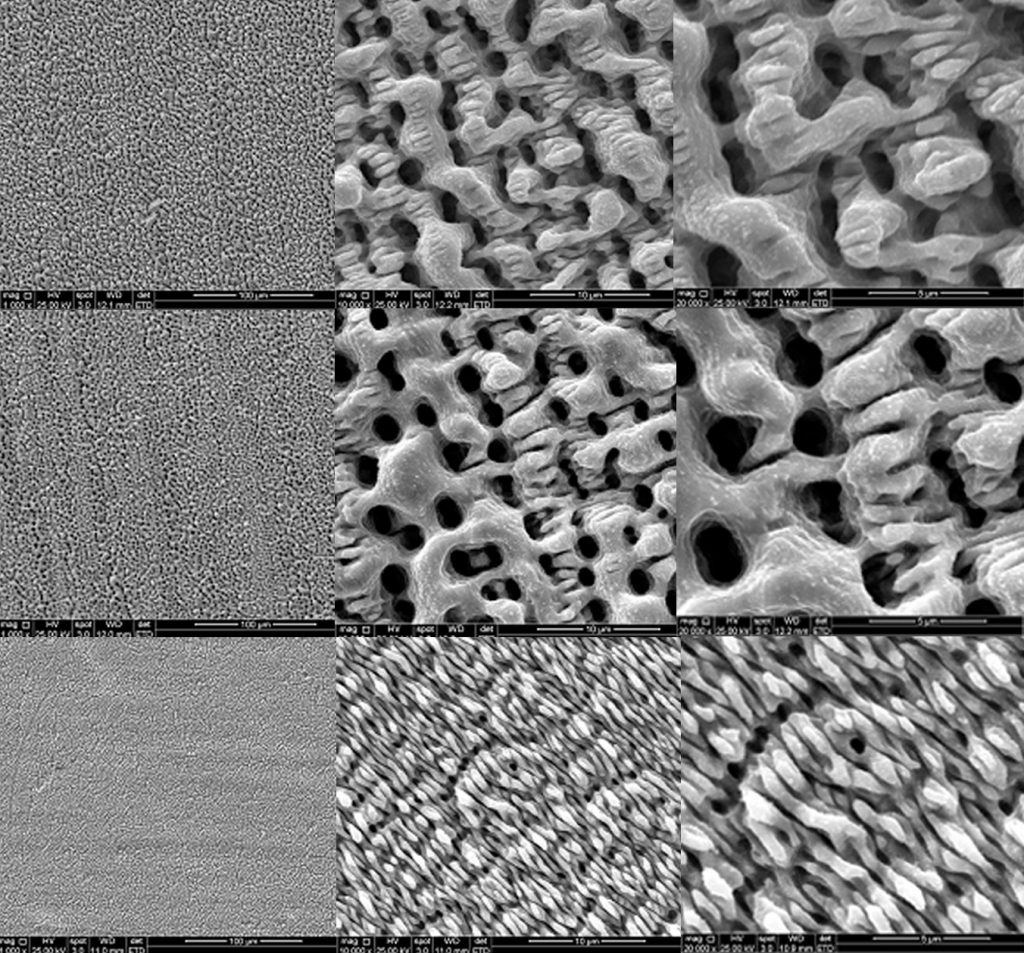Laser-textured metal inspired by shark skin and cicada wings creates antibacterial surfaces
From the Journal: Journal of Laser Applications

WASHINGTON, Feb. 25, 2025 – Keeping work surfaces clean during meat processing is a challenge. Bacteria from meat can attach, grow, and build up to create a biofilm that is difficult to remove, even on stainless steel surfaces used in industrial facilities. It can also aggregate, clumping together into an invisible mass that is stronger than individual cells, making it harder to kill using food-grade antibacterial surface cleaners.
In a paper published this week in Journal of Laser Applications, from AIP Publishing and the Laser Institute of America, researchers from the Hopkirk Research Institute, New Zealand Food Safety Science and Research Centre, and Applied Technologies Group in New Zealand deliver key insights into a solution that could replace the current practice altogether: Instead of constantly battling to prevent bacteria buildup, they created surfaces that stop bacteria from attaching in the first place.
“Antimicrobial interventions currently approved and used commercially have a limited capacity to reduce well-established bacterial biofilms and spores, and complete decontamination is rarely achieved,” author Sebastiampillai Raymond said.
Using lasers to etch and alter the surface of the metal, Raymond and his colleagues were able to create micro- or nanoscale textures that make it difficult for microbial cells to attach to the surface. The technique, known as laser-induced surface texturing, also alters the metal’s water-repellent properties, a key factor impacting bacterial growth.
“Laser-textured surfaces possess antibacterial properties, because they physically disrupt bacterial adhesion, growth, and proliferation,” Raymond said. “These nanoscale and microscale surface textures mimic natural antimicrobial surfaces, such as those found on cicada wings and shark skin.”
The researchers discovered the laser-texturing technique is highly effective for carefully controlling and tuning textures on metal. Different bacteria can be targeted using specific textures designed around the shape of the bacterial cells, making it particularly difficult for those cells to attach to the surface. They are also working on developing machine learning models that could help manufacturers optimize and automate laser surface texturing.
“Compared to some conventional approaches, laser surface texturing does not introduce non-native materials or require chemical etchants or sensitizers on treated surfaces,” Raymond said. “This could lower barriers to introducing new technology into a regulated environment and eliminates any risk of potential chemical contamination from the coating.”
###
Article Title
Antibacterial effectiveness of laser surface textured metal on meat-borne bacteria
Authors
Aswathi Soni, Amanda Gardner, Gale Brightwell, Lan Le-Ngoc, and Sebastiampillai Raymond
Author Affiliations
Hopkirk Research Institute, New Zealand Food Safety Science and Research Centre, Applied Technologies Group
